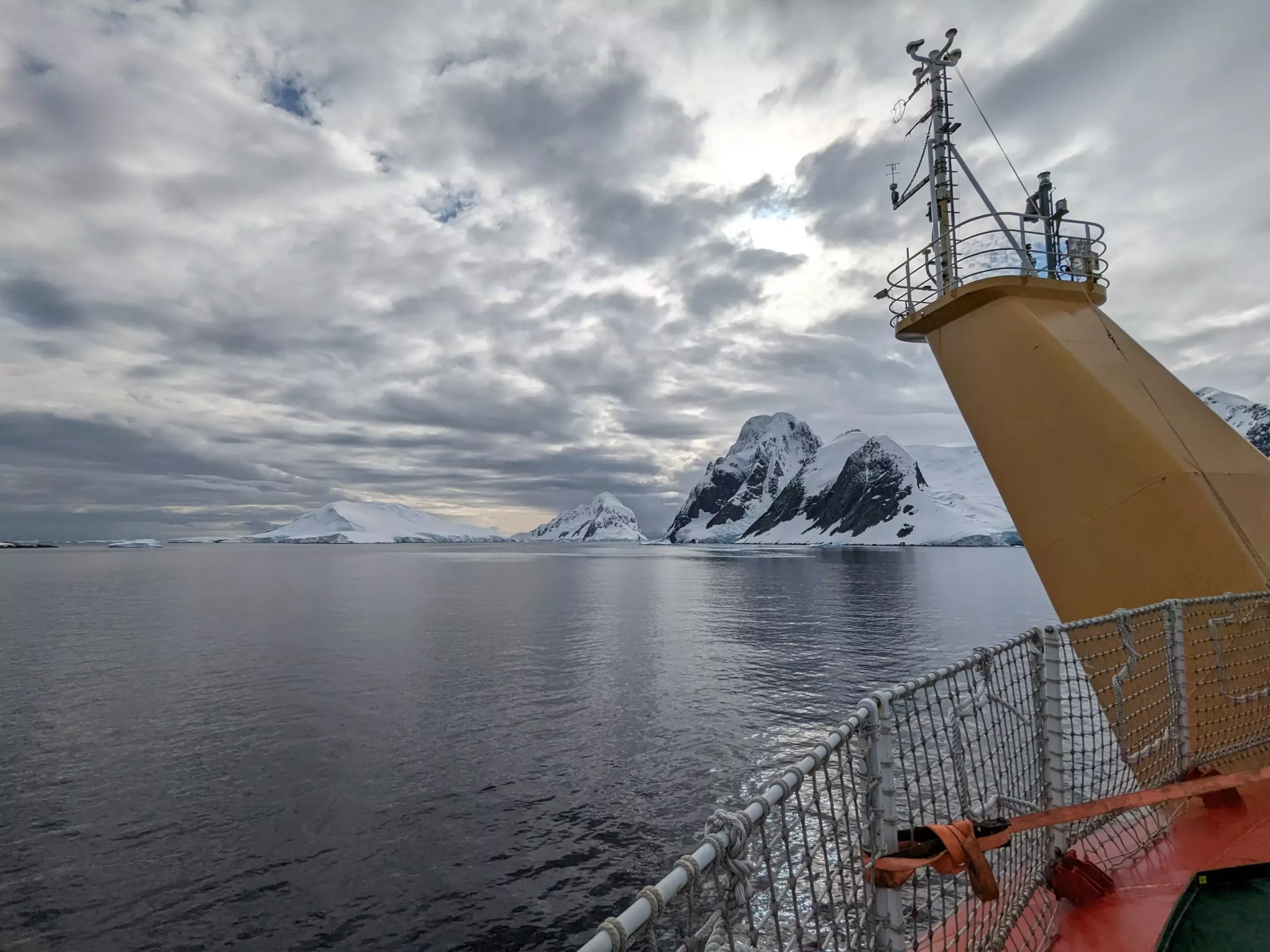Recent advancements in research led by the University of East Anglia (UEA) and the Plymouth Marine Laboratory (PML) have drastically changed our perception of the Southern Ocean’s ability to sequester carbon dioxide (CO2). This study—critical in the context of ongoing climate change—reveals that the Southern Ocean reportedly absorbs approximately 25% more CO2 than previously estimated. Understanding this mechanism is not just a scientific curiosity; it is a vital piece in the puzzle of climate regulation and CO2 dynamics attributed to human activities.
Rethinking Existing Models: The Underestimation Dilemma
Traditionally, estimates regarding CO2 absorption in the Southern Ocean employed indirect methods such as shipboard measurements, profiling floats, and global oceanic biochemistry models. These methodologies, while valuable, inherently carry uncertainty and variability due to their sampling limitations. According to the study, many existing models fail to account for critical factors—such as temperature fluctuations in the surface ocean—that can significantly influence gas exchange rates between air and sea.
By leveraging a more robust methodology called eddy covariance, researchers recorded direct measurements of CO2 fluxes. This innovative approach involved mounting flux systems on ship foremasts, providing a clearer picture of air-sea interactions during research voyages. With this technique, researchers were able to make precise hourly measurements, offering insights far more detailed than those derived from traditional float data which typically averaged results over extensive periods—every ten days, to be precise.
New Insights from Direct Measurements
The findings published in *Science Advances* help contextualize our understanding of the Southern Ocean as a key global CO2 sink. The strong absorption observed during the Antarctic summer challenges previous assumptions rooted in less dynamic data sets. Lead author Dr. Yuanxu Dong emphasizes the novelty of their findings, noting that this is the first significant direct observational study assessing existing flux products in this pivotal region.
The summer months—particularly between November and April—present the most vibrant opportunity for CO2 absorption. The research team’s thorough evaluation spanned over 3,300 hours or approximately 175 days of meticulous observations that highlighted not just bulk absorption rates but also underscored localized and intense CO2 uptake events that the models ignored.
Addressing the Variability and Uncertainty
The variation between new and old estimates prompts an important dialogue around measurement techniques and their implications for policy and future research. The discrepancies identified illustrate the dangers of relying on average data that may obscure significant regional dynamics. Dr. Mingxi Yang remarked on the need for high-frequency, direct measurements, reinforcing that the Southern Ocean’s absorption rate is not uniformly distributed; instead, it varies dramatically within the spatial and temporal contexts of the ocean.
Additionally, the study advocates for a reevaluation of the methodologies employed for air-sea gas exchange estimates. By suggesting that temperature adjustments be made alongside modeling at a higher resolution, the authors provide a roadmap for future studies aimed at refining our understanding of oceanic carbon sinks.
Future Directions: Expanding Measurement Efforts
One critical backdrop to this discussion is the stark decline in shipboard surface ocean CO2 data collection in recent years, partially attributed to the global COVID-19 pandemic and dwindling funding. The total number of datasets collected within the Surface Ocean CO2 Atlas (SOCAT) saw a dramatic 35% decrease from 2017 to 2021, with a staggering 40% drop in the Southern Ocean specifically. This downturn raises alarms regarding our capacity to monitor the changing climate effectively.
Researchers indicate that to maintain and enhance quality of observation, it’s essential to broaden measurement efforts. Enhancements may include deploying more autonomous buoys or employing sail drones, especially during the challenging winter months when data is sparse. Prof. Tom Bell’s work, including the deployment of their flux system on the RRS Sir David Attenborough, underscores the commitment to bridging these gaps through continued observations.
The Imperative for Continuous Research
Understanding the Southern Ocean’s potential as a carbon sink is crucial for global climate forecasts. Researchers are not only equipped with advanced techniques but also face the responsibility of ensuring that data collection efforts are sustained and expanded. This paper provides a vital foundation for addressing both uncertainty and variability in CO2 flux measurements, all while reminding us of the importance of investing in marine research infrastructure to combat climate change more effectively.
Such intensified efforts will not only improve predictions regarding the Earth’s climate but will also inform policymakers, helping them develop strategies grounded in solid empirical data. The Southern Ocean’s role in the global carbon cycle is foundational, marking the urgency of the mission to clarify its dynamics in the face of a warming planet.

